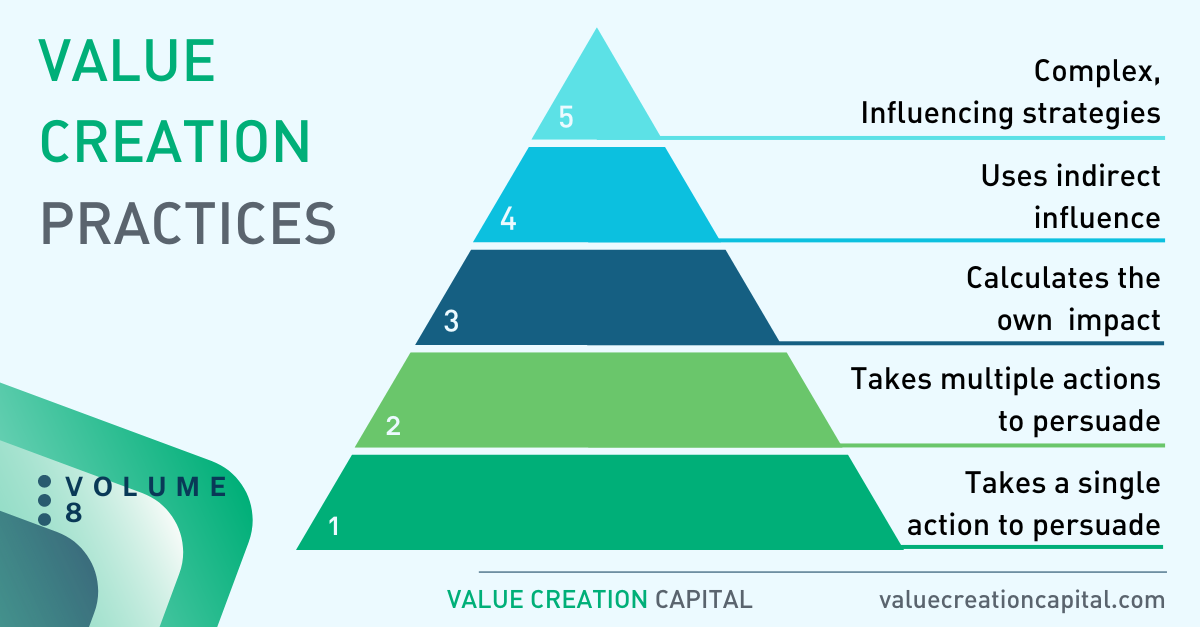How to use Competencies for improving Performance

One of the classic HR tools that did not lose any relevance over the last decades is the Competency Model. Competencies are the knowledge, skills, abilities, and behaviors that contribute to individual and organizational performance.
The tool is effective for assessments in selecting candidates but also for performance reviews. In addition, it’s also very practical for self-assessment and personal development.
How to use this model?
- Each level describes a specific and observable behavior, skill and ability.
- It is a hierarchical model, e.g. level 2 is more advanced than level 1 and requires more skills and ability etc.
- It is cumulative; you can only reach level 3 if you already have met both levels 1 and 2.
- Preferably you use 5-6 competencies for a job description and use only one or two for personal development and to avoid an overload.
Let me provide you with an example of a competency, which is probably the best way to get more familiar with the model. My example is: persuasiveness.
LEVEL 1: TAKES A SINGLE ACTION TO PERSUADE
- Uses direct persuasion in a discussion, meeting or conversation (e.g. uses concrete examples, visual aids in presentations and so on).
- Does not make a clear attempt to fit with others’ interests or level.
LEVEL 2: TAKES MULTIPLE ACTION TO PERSUADE
- Takes multiple steps to persuade without adjusting to others’ interests or level. This also includes careful preparation of information for a presentation, meeting or conversation.
- Makes proposals with enthusiasm and decisiveness.
- Enjoys convincing others of his or her views.
LEVEL 3: CALCULATES THE IMPACT OF OWN WORDS OR ACTIONS
- Fits with others’ interests or level in a conversation or discussion.
- Presents and builds on points that others seem to be susceptible to.
- Anticipates the possible effect of a particular action or expression.
- Uses arguments that appeal to others.
LEVEL 4: USES INDIRECT INFLUENCE
- Takes two or more steps to influence, with each step adapted to the other person.
- Influences step by step; for example, first creates support among colleagues and then moves on to the next step.
- Uses experts or other third parties to influence.
- Dispenses arguments/viewpoints at crucial moments.
LEVEL 5: USES COMPLEX INFLUENCING STRATEGIES
- Builds political coalitions, develops support for ideas ‘behind the scenes’.
- Provides information at the right strategic moments to achieve the desired goals.
- Identifies resistance, makes this discussable and deflects this.
- Presents objections from the other party as well as own viewpoint and invalidates these one by one.
There are tens of competencies like the example described in the Competencies model.